The purpose of drying is to reduce the moisture content of veneer and flakes. The moisture content of the wood particles entering the dryer can be more than 100%(dry weight basis) and must be reduced to between 2% and 12% moisture content. Drying must be done in a manner that reduces defects such as surface deactivation(resulting ini poor adhesive bonds) and buckling. Drying veneer is done using mechanical dryer, which not only transport the veneer through a hot, dry environment, but also apply restraining forces to reduce the degree to which the veneer will buckle. These conveyor dryers have several levels. Each level has closely spaced opposing rollers, which apply the restraining force as the veneer moves between them. Controlling Veneer thickness at the lathe(absolute and variability) is critical to successful drying. The areas of greater thickness within a sheet of veneer or between sheets will dry more slowly resulting in higher moisture content. The temperature of the air, velocity of the air impinging on the surface of the veneer, and how much veneer is in the dryer will affect the final moisture content and the variability of moisture content between sheets of veneer. Also, mixing sapwood and heartwood veneer can result in moisture content variability.
Main Pictures of Drying Wood Veneer to Reduce the Moisture Content of Veneer
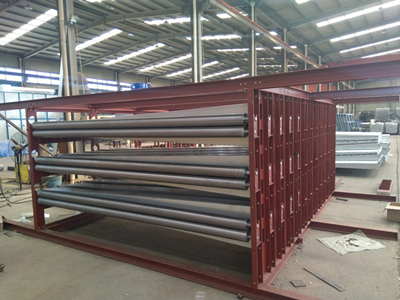
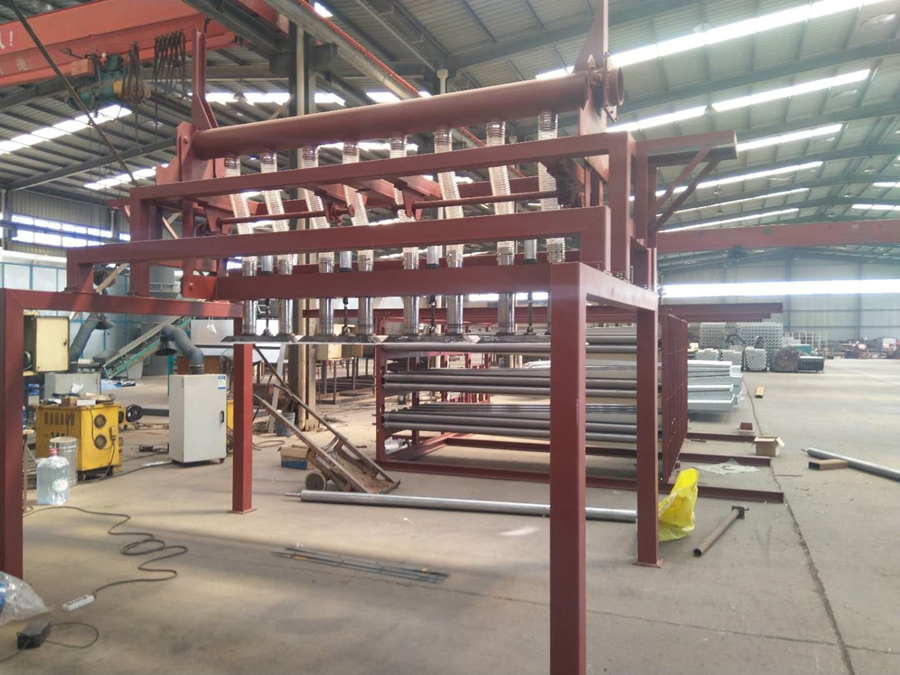
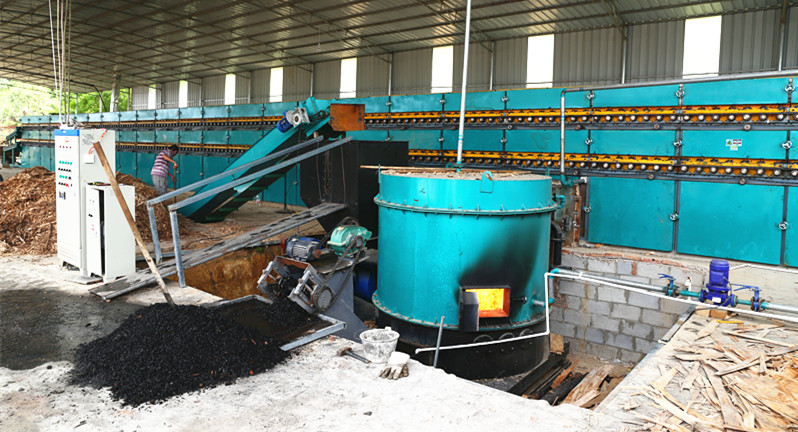
Parameter Model |
GTH30-30
|
Work width(m) | 3 |
Layer | 3 |
Veneer thickness(mm) | 0.5-5 |
Heating area (m)
| 26 |
Cooling area (m) | 4 |
Initial water content(%) | 50-80 |
Finished water content(%) | 10 |
Drying capacity (m³/h) | 65-75 |
Traction motor power(kw) | 4*3 |
Hot air fan power (kw) | 5.5*13 |
Air cooling fan power(kw) | 5.5*2 |
| Air intake fan power(kw) | 11*1 |
| 4 ton biomass burner | 18Kw |
| Automatic veneer feeder(optional) | 24.2kw |
| Automatic veneer collecting system(optional) | 6.2kw |
Total power (kw) | 153.7KW |
Actual electricity consumption | About 90-100kw per hour |
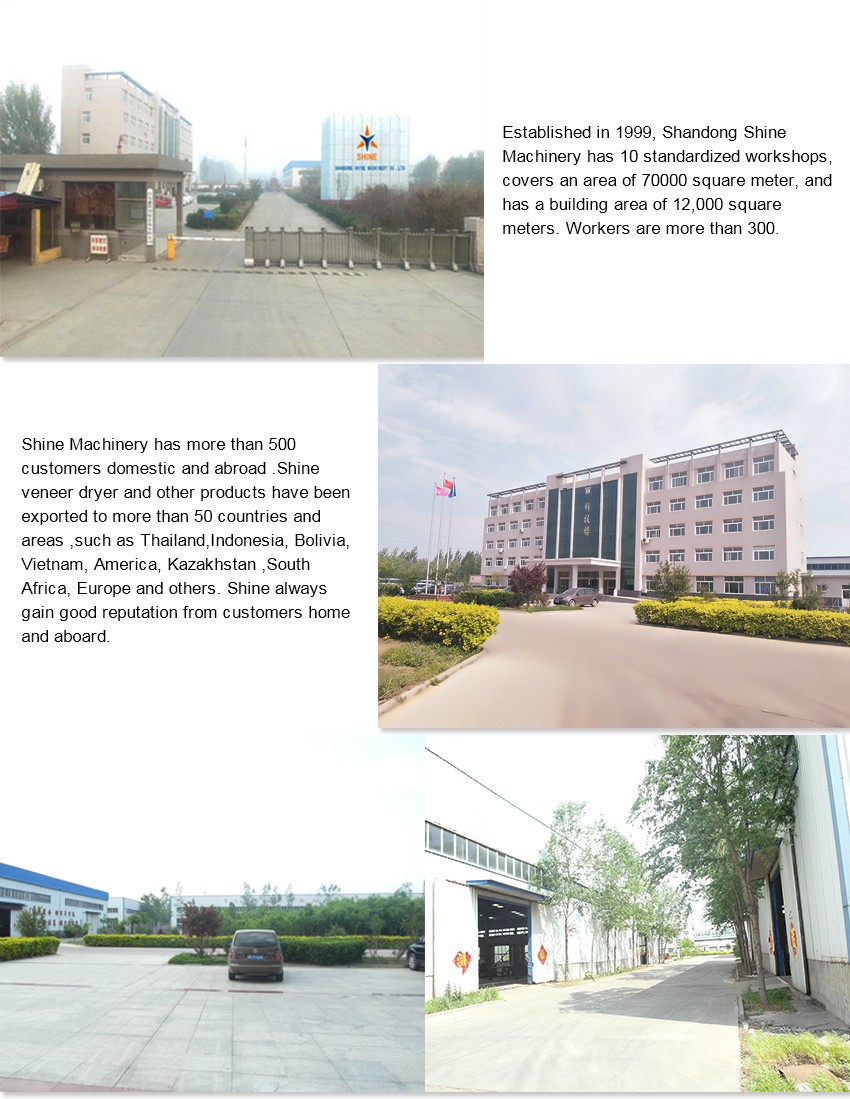
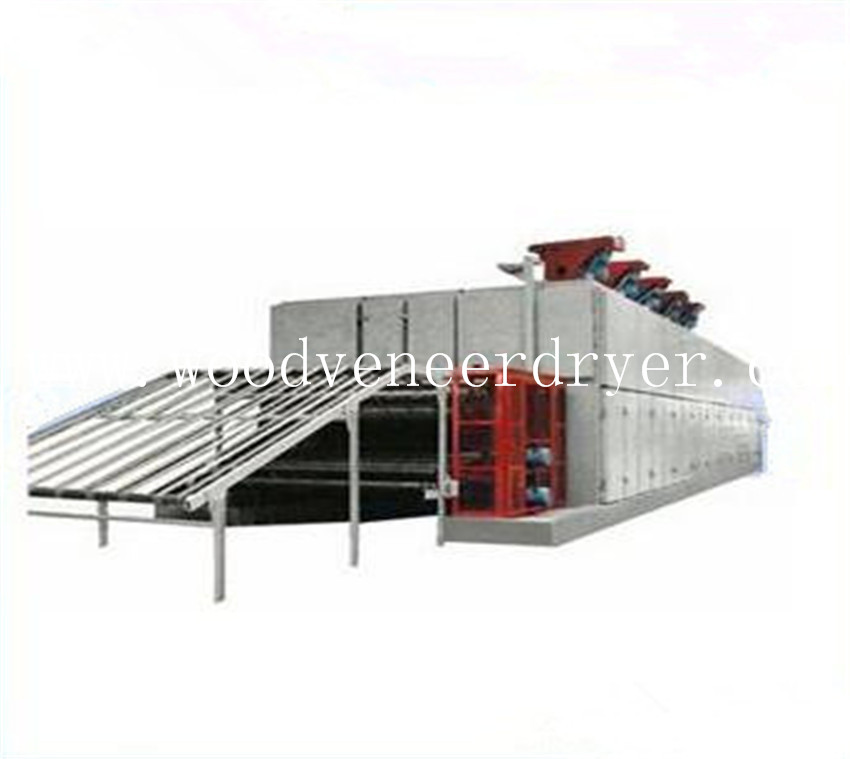 RELATED
RELATED
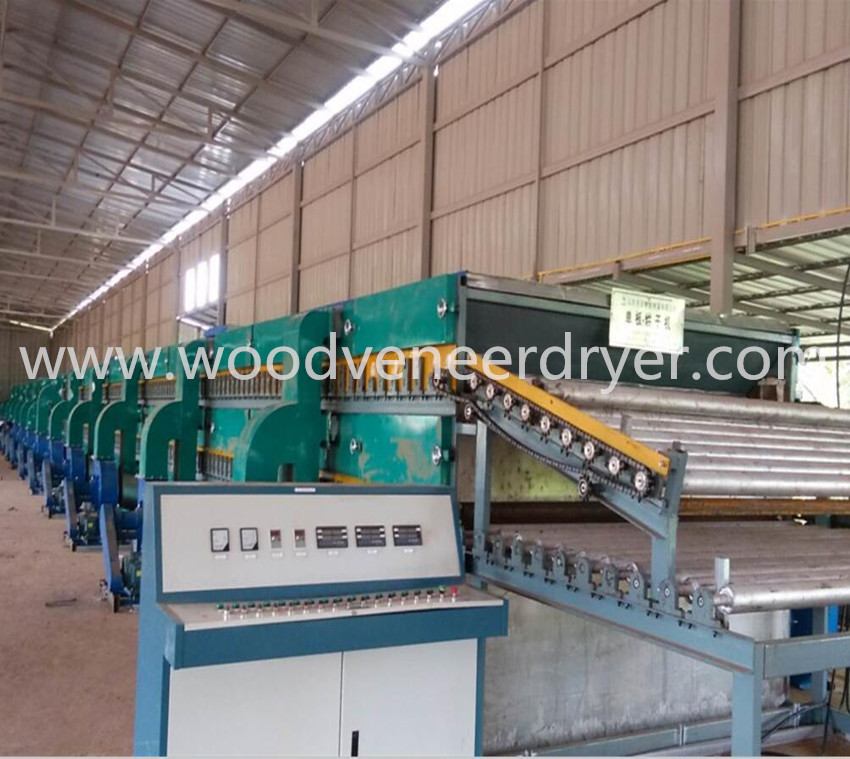 RELATED
RELATED
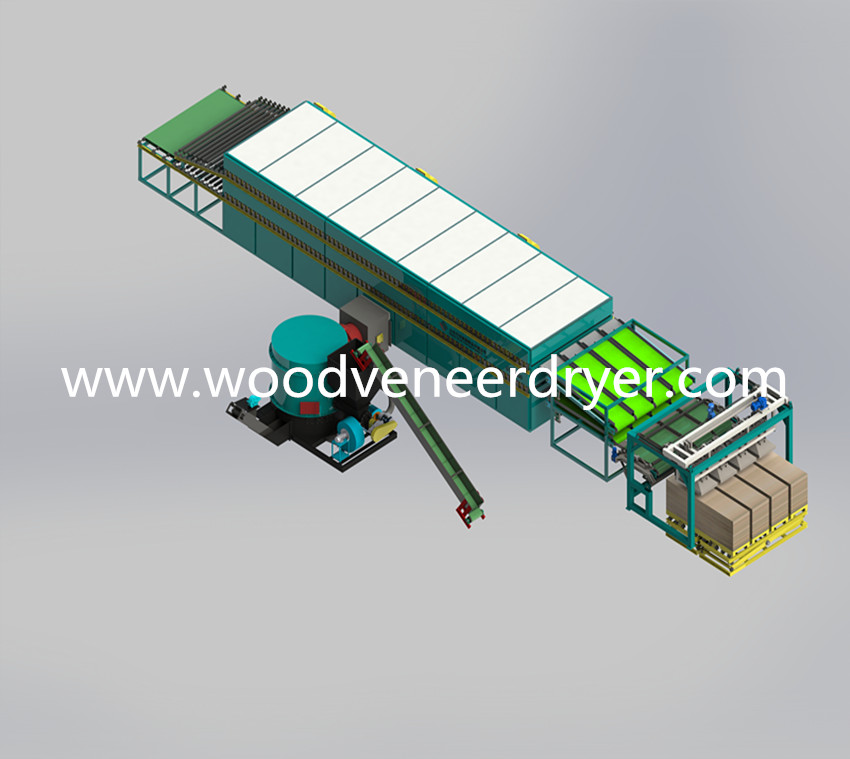 RELATED
RELATED
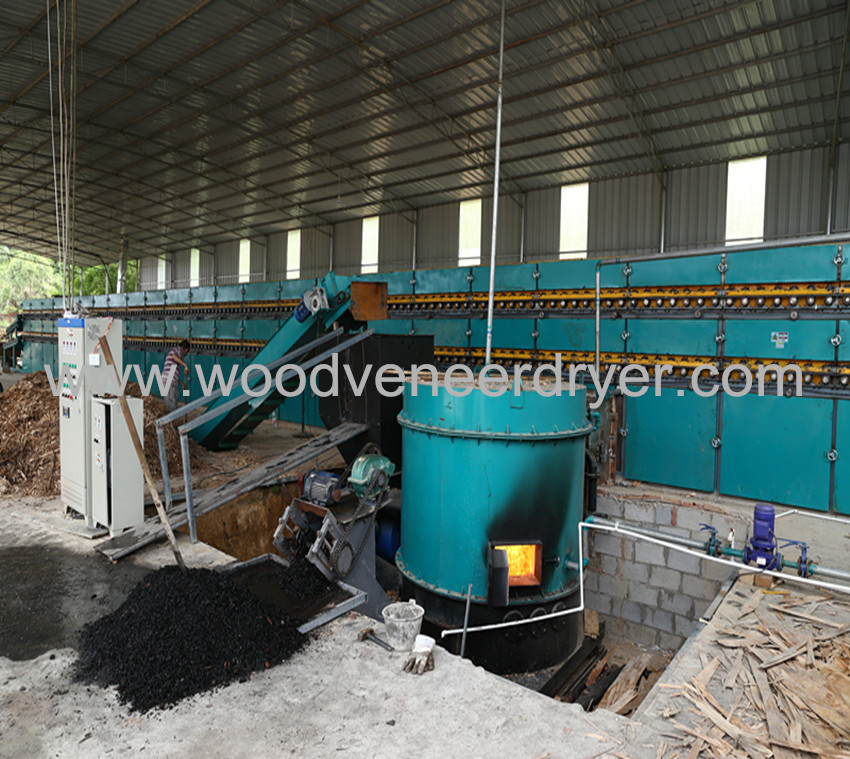 RELATED
RELATED
Copyright By © Shandong Shine Machinery Co.,Ltd